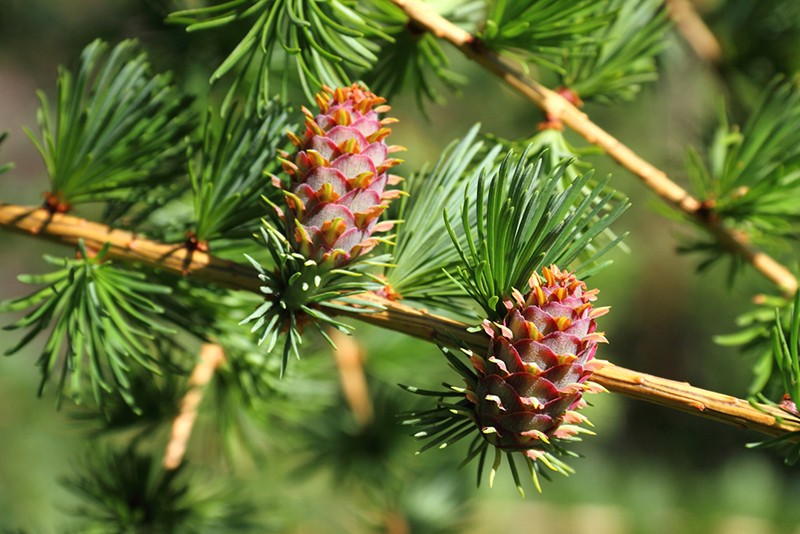The fir tree is a quintessential symbol of evergreen beauty, offering a touch of elegance and resilience to gardens and landscapes. Whether standing tall alone or complemented by other plants, fir trees bring a unique charm to any setting, thriving through all seasons and weather conditions.
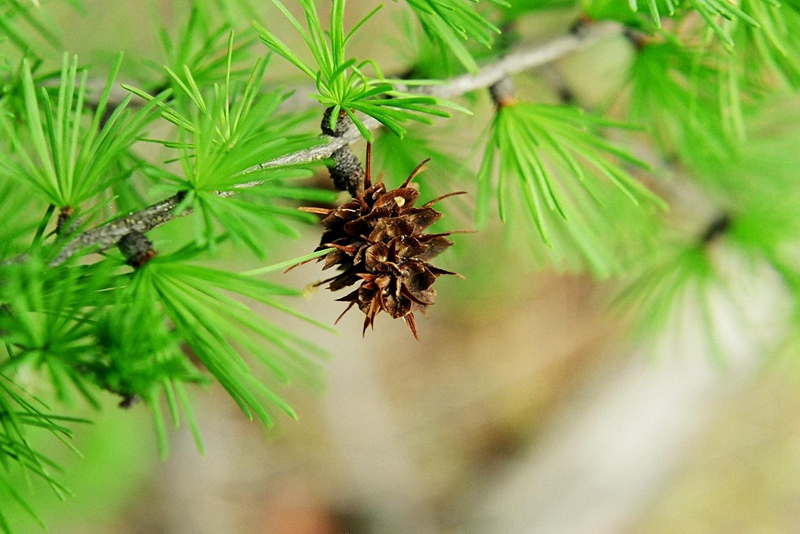
The most popular larch species for planting fir tree
Larches, with their delicate needles and graceful form, provide a soft, feathery texture that complements the sturdy presence of other evergreen plants. They are perfect for creating a layered, textured look in your garden.
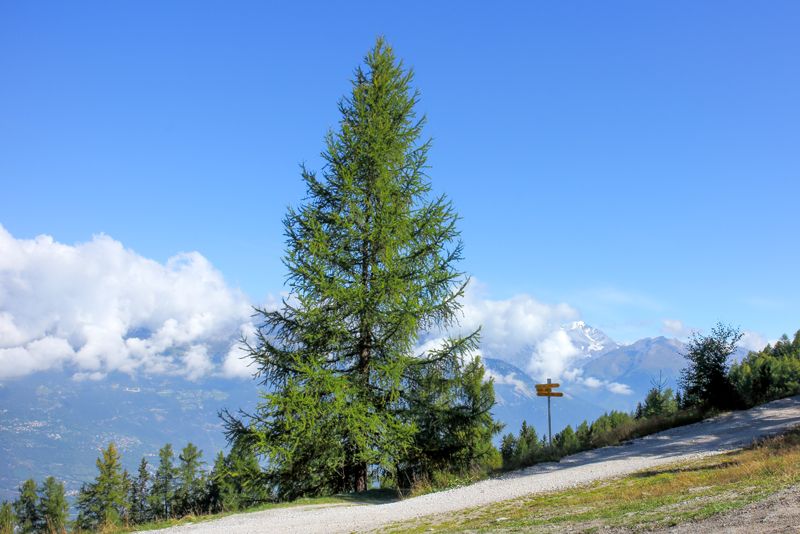
Fir trees are stunning, light-loving additions to any garden. They thrive in various soil conditions and are often seen gracing lawns and rock gardens with their elegant presence. Let’s explore some of the most popular larch species that you might consider for your garden:

European Larch (Larix decidua)
This species is incredibly adaptable and thrives best in well-drained, fertile soils. Avoid planting it in overly wet or sandy soils for optimal growth. Its striking form makes it a favorite for individual lawn plantings.
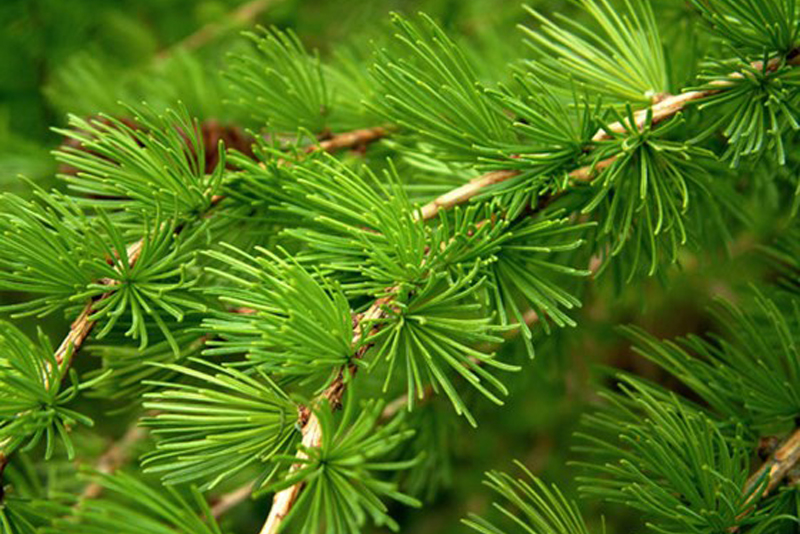
Japanese Larch (Larix kaempferi)
Known for its almost horizontal branches that create a wide-pyramidal crown, this larch species boasts a multi-peaked trunk covered with red-brown bark. It’s a sight to behold, especially when planted in open, sunny spaces.
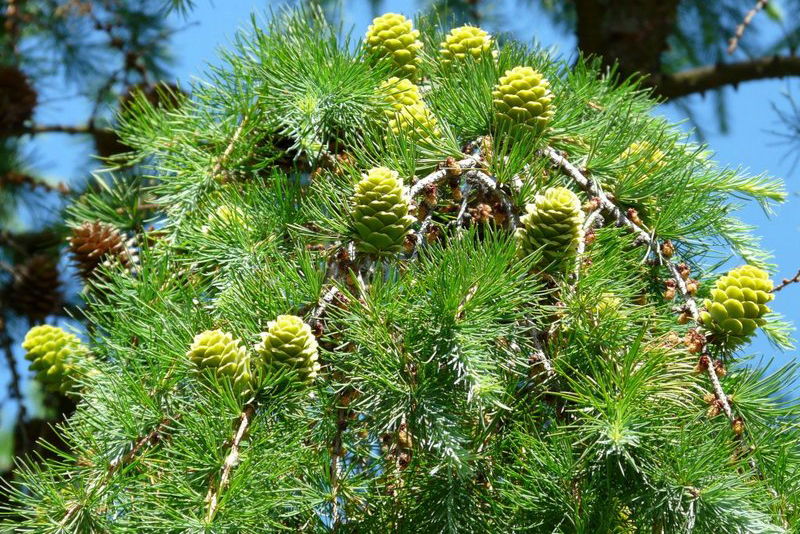
Larch delicately scaly (a kind of Larix kaempferi)
This larch has a broad-pyramidal crown and thrives in sunny locations. Its frost-resistant nature makes it a hardy choice for gardens in cooler climates.

Fir tree and its species
The fir tree is a towering presence in any landscape, with a conical crown that resembles a spruce. Fir trees are known for their resilience, sun-loving nature, and ability to thrive even in shaded areas. Here are a few notable species of fir trees:
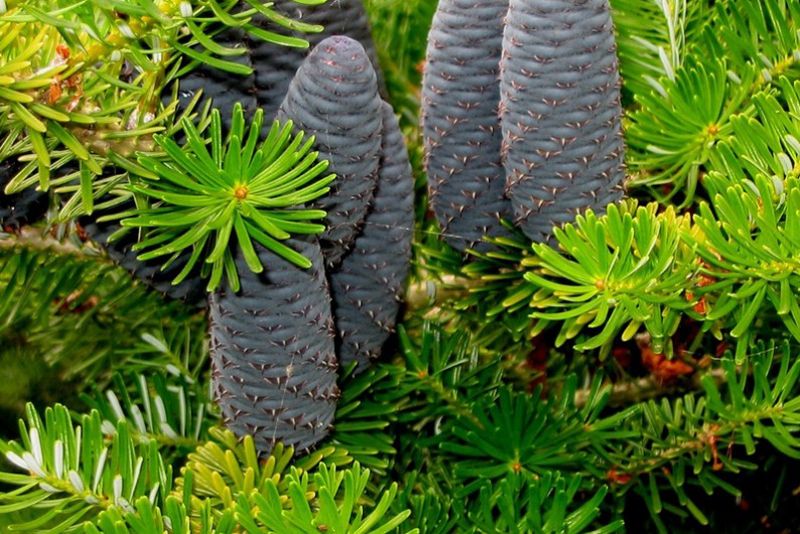
The Korean Fir (Abies koreana)
Reaching heights of up to 15 meters, the Korean fir is characterized by its wide conical crown and short, succulent needles. Its branches grow in layers, and its cones are a striking purple color, making it a beautiful ornamental tree.
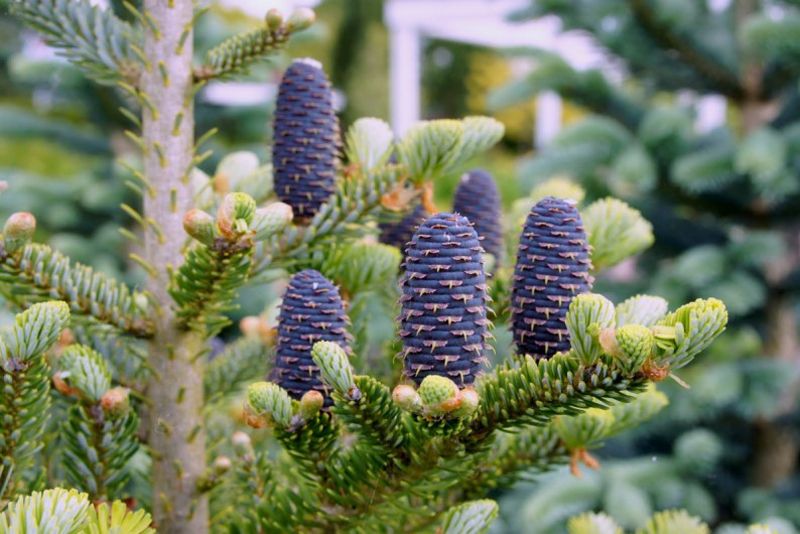
Balsam Fir (Abies balsamea)
Renowned for its medicinal properties, the balsam fir tree has a thick crown that conceals tiered branches. Its decorative cones are purple, and the needles are green with a subtle white underside. This species is a favorite for both its beauty and practical uses.
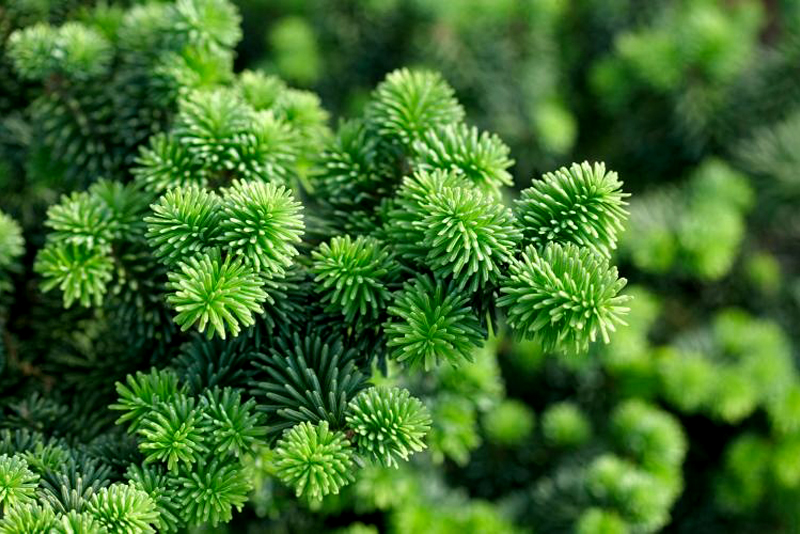
Fir trees are versatile and are often used in landscaping to decorate alleys, form groups of free-standing trees, or as singular, majestic focal points. Low and dwarf varieties are particularly striking in rock gardens and on Alpine hills.
Fir trees, with their rich green needles and conical shapes, offer a classic look that is both timeless and modern. Their ability to withstand various environmental conditions makes them a practical yet beautiful choice for any garden.
Creating a Harmonious Garden with fir tree
Incorporating evergreen plants like fir trees into your garden design can create a serene, year-round landscape. These trees are not only visually appealing but also provide a variety of textures and colors that change subtly with the seasons.
- Combining fir tree. Pair fir trees with other evergreens like junipers or spruces to create a lush, green backdrop for your garden. This combination provides a consistent visual appeal throughout the year.
- Using Evergreens as Focal Points. Tall fir trees make excellent focal points in large gardens or parks. Their height and structure draw the eye upward, adding vertical interest to the landscape.
- Creating Seasonal Interest. While fir trees provide year-round greenery, consider adding deciduous trees and shrubs to bring seasonal color changes to your garden. The mix of evergreen and deciduous plants can create a dynamic, ever-changing landscape.
Practical Tips for Planting Fir Trees
When planting fir trees, consider their mature size and the space they will need to thrive. Ensure that the location you choose has adequate sunlight and well-drained soil. Fir trees can tolerate some shade, but they perform best in sunny spots.
- Soil Preparation. Before planting, prepare the soil by adding compost or organic matter to improve drainage and provide essential nutrients. This will help your fir trees establish strong roots and grow healthily.
- Watering and Mulching. Young fir tree need regular watering until they are established. Mulching around the base of the tree helps retain moisture and suppress weeds.
- Pruning and Maintenance. Regular pruning helps maintain the tree’s shape and remove any damaged or diseased branches. Fir trees are relatively low-maintenance once established, making them an excellent choice for busy gardeners.
Fir trees, with their stately presence and evergreen allure, are a fantastic addition to any garden or landscape. Whether you choose a towering balsam fir or a more compact Korean fir, these trees offer beauty, resilience, and a touch of timeless elegance. By combining them with other evergreens and thoughtful garden design, you can create a stunning outdoor space that you’ll enjoy year-round. So, roll up your sleeves, get planting, and let the fir trees bring a touch of nature’s grandeur to your home!

